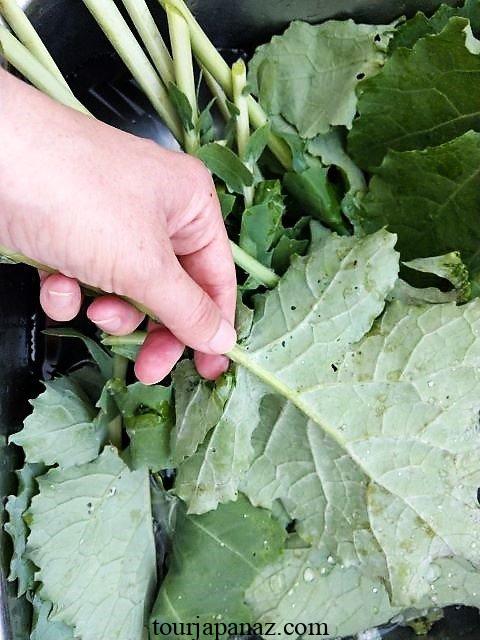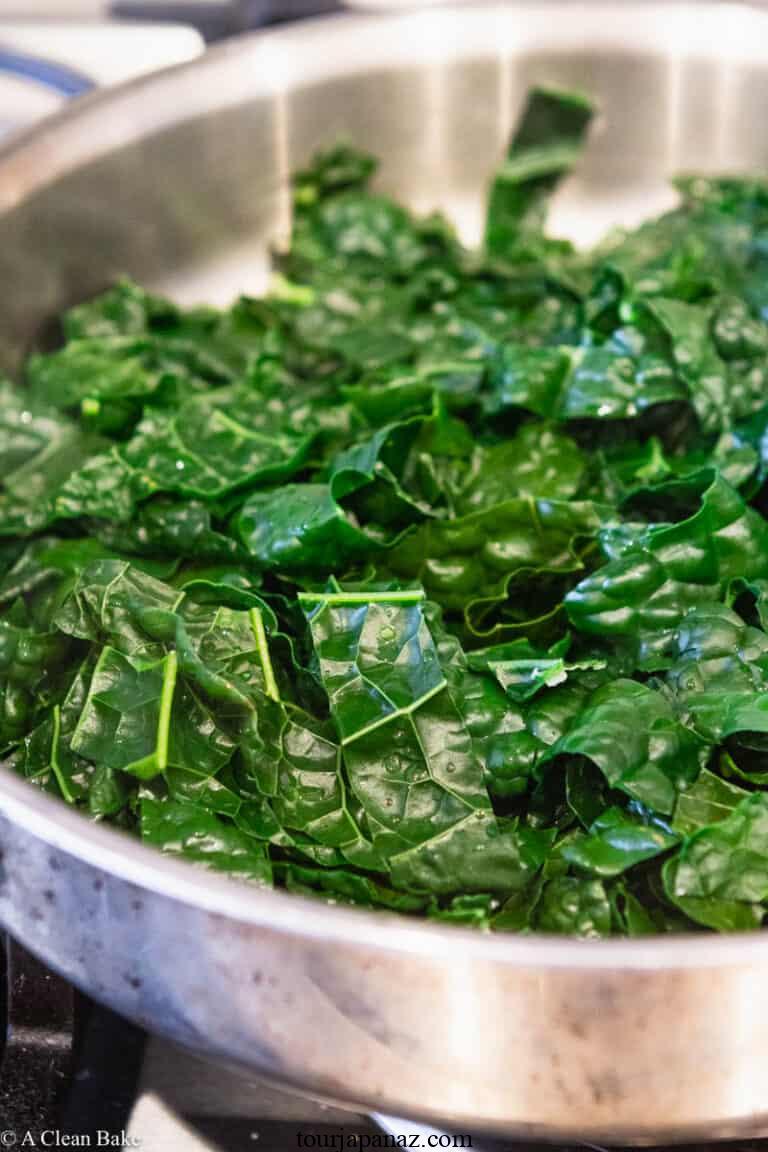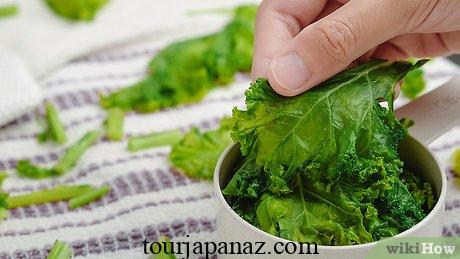How to Freeze Kale: A Step-by-Step Guide
In this comprehensive guide, we will walk you through the process of freezing kale, ensuring that you preserve its freshness and nutrition for an extended period. Kale is a highly nutritious leafy green that’s packed with vitamins, minerals, and antioxidants. By freezing kale properly, you can enjoy its benefits year-round. So, let’s dive right in!
Choosing the Right Kale

Before you begin the freezing process, it’s essential to choose the right kale. Look for fresh kale leaves that are vibrant and free from blemishes. You can use both curly kale and lacinato kale for freezing. Ensure that the kale is clean and dry, as excess moisture can lead to freezer burn.
Washing and Preparing Kale

- Wash the Kale: Start by rinsing the kale leaves under cold running water. Gently rub the leaves to remove any dirt or debris. A salad spinner can be a useful tool for drying the leaves thoroughly.
- Remove Stems: Kale stems can be tough and fibrous, so it’s best to remove them. Simply fold the kale leaf in half and cut along the stem to separate the leaves from the central rib.
- Chop or Leave Whole: You can choose to freeze kale leaves whole or chop them into smaller pieces, depending on your preference and how you plan to use them in recipes later.
Blanching Kale

Blanching is a crucial step in preserving the color, texture, and nutritional value of kale.
- Boil Water: Bring a large pot of water to a rolling boil.
- Prepare an Ice Bath: While the water is heating, fill a large bowl with ice water. This will be used to quickly cool the blanched kale.
- Blanch the Kale: Carefully add the kale leaves to the boiling water. Blanch them for about 2-3 minutes until they become bright green. Blanching time may vary slightly depending on the size of the leaves.
- Cool Quickly: Using a slotted spoon, transfer the blanched kale to the ice water bath. This stops the cooking process and helps retain the vibrant green color.
- Drain and Dry: Once the kale has cooled, remove it from the ice water and drain it thoroughly. You can use a clean kitchen towel or paper towels to gently pat the leaves dry.
Portioning and Freezing

- Create Portions: Divide the blanched and dried kale into portions that suit your needs. You can use airtight containers, resealable bags, or vacuum-sealed bags for this purpose.
- Remove Air: If using bags, try to remove as much air as possible to prevent freezer burn. For containers, ensure they are airtight.
- Label and Date: Don’t forget to label the containers or bags with the date of freezing. This will help you keep track of the kale’s freshness.
- Freeze: Place the kale portions in the freezer. For best results, use the “quick freeze” setting if your freezer has one. This will help preserve the kale’s quality.
Using Frozen Kale

Now that you have successfully frozen kale, you can enjoy its goodness in various recipes.
- Smoothies: Frozen kale is an excellent addition to your morning smoothies. Just toss a handful into the blender for a nutritious boost.
- Soups and Stews: Add frozen kale directly to soups, stews, and casseroles. The freezing process doesn’t affect its texture when used in cooked dishes.
- Sautéed Greens: Sauté frozen kale with garlic and olive oil for a quick and healthy side dish.
- Pasta and Stir-Fries: Incorporate frozen kale into your favorite pasta and stir-fry recipes for added nutrition.
FAQQ: How long can I store frozen kale?
A: When properly stored in an airtight container or bag, frozen kale can be kept for up to 12 months in the freezer without a significant loss of quality.
Q: Can I freeze kale without blanching it?
A: While blanching is recommended to maintain the best quality, you can freeze kale without blanching, but be aware that it may not retain its vibrant color and texture as well.
Q: Can I use frozen kale in salads?
A: Frozen kale is not ideal for salads, as it will lose its crisp texture. It’s better suited for cooked dishes where the texture change is less noticeable.
Q: Is it necessary to label and date the frozen kale?
A: Labeling and dating the frozen kale is highly recommended for keeping track of freshness. It helps you identify how long the kale has been in the freezer.
In conclusion, freezing kale is a fantastic way to preserve this nutritious green and enjoy it throughout the year. By following these simple steps, you can ensure that your frozen kale maintains its quality and taste. Whether you add it to smoothies, soups, or sauté it as a side dish, you’ll have a convenient source of green goodness at your fingertips.
tag
- chicken feed
- how to Keep Chickens Off Your Porch
- How to grow oyster mushrooms at home
- Growing Kale in Pots

No Responses